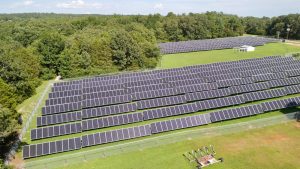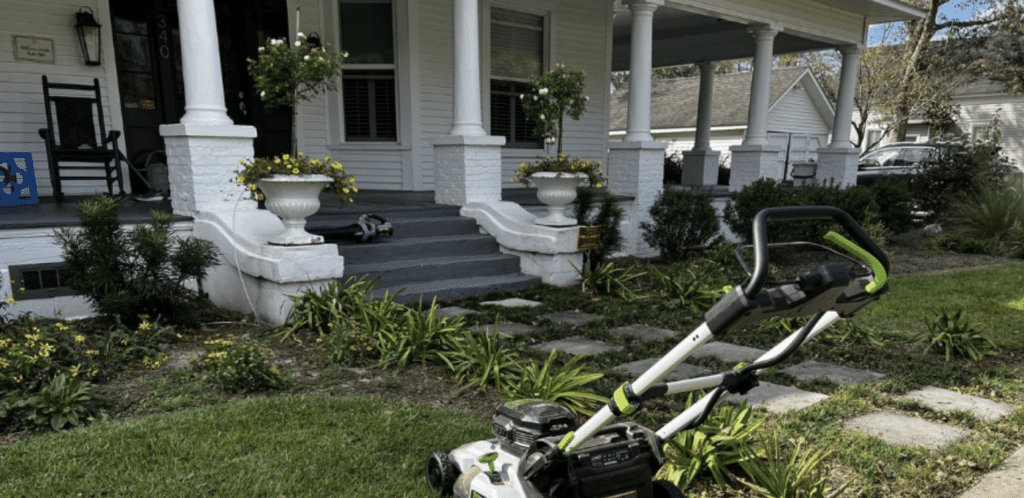Update:
Shortly after this article was published in 2020, Generation180 released its national study on solar adoption at U.S. K12 schools, which found that the amount of solar installed on nationwide schools grew by nearly 2.5X from 2015 through 2019. The study found that 79% of those solar projects were funded through third-party ownership with minimal to no upfront capital costs. Tucson Unified School District in Arizona is a district that has installed solar on nearly 90 schools and expects to save $43 million over 20 years.
—
As the fallout from COVID continues to bulldoze through the economy, you’ve probably heard about the massive cuts to school budgets across the U.S. This means not only less money for buildings and equipment, but fewer dollars spent per student and sharp cuts in staffing and teacher pay. By one estimate, if states slash their education spending by 15 percent, schools could be forced to eliminate more than 300,000 teaching positions, or nearly one-tenth of the country’s K-12 teacher force. No joke.
Fortunately, thousands of U.S. schools are already modeling a smart solution for tight budgets: going solar. Energy costs are the second largest expense for schools after personnel. By installing solar panels, these forward-thinking institutions are saving millions of dollars in utility bills and using the extra cash to invest in teachers, build playgrounds, and create new curricula.
Energy costs are the second largest expense for schools after personnel.
What’s more, most schools going solar these days are doing so with little-to-no up-front costs—thanks to a key financing mechanism: the power purchase agreement (PPA). In this arrangement, a third-party installs, owns, and maintains the solar panels, while the school simply agrees to buy the electricity the panels produce.
All this sound too good to be true? Consider this success story from Generation180’s upcoming national report on solar schools: Hamilton Southeastern Schools in the rapidly growing suburb of Fishers, Indiana, previously spent $4 million annually on electricity across the district’s 22 schools. After installing solar on three schools, it now reaps around $310,000 a year in savings. Among other things, the revenue has supported two new playgrounds and a classroom curriculum to help students get excited about STEM and renewable energy. Bigger districts are benefiting as well. Fairfax County Public Schools in northern Virginia—the 10th largest school district in the country—is part of a large municipal solar project encompassing over 100 sites that is expected to save $60 million over 25 years.

For at least one school we interviewed for the same upcoming report, teacher salaries were the driving force in the decision to go solar. Three years ago, Batesville School District in Independence County, Arkansas, was paying $607,203 annually in utilities and ranked fourth out of five districts in its county for teacher pay. After the district installed enough solar panels to cover half of its electricity needs, utility bills dropped to 30-40 percent of previous levels. Much of the savings has gone to teachers: Batesville now ranks first in teacher pay of the five districts, providing average salary increases of $2,000 to $3,000 a year. “Putting money into staff is the best way to put students first,” said district superintendent Michael Hester.
To finance solar, most schools opt for a power purchase agreement (PPA), in which a third party purchases, owns, and maintains the solar panels, and the school or district agrees to buy the electricity produced by the solar energy system for the length of the agreement, often 25+ years. PPAs are popular because a school can install solar with little-to-no upfront investment or ongoing maintenance costs, and typically pays a lower electricity rate. Although not all states allow for third-party ownership of school property (yet!), things are changing quickly. Alternatively, schools that own their solar systems outright often can (through net metering) apply the “credits” they earn from generating solar power over the summer to their electricity bills in the winter, adding to the savings.

Chances are, you’re in a school district that’s facing budget cuts. And it’s a good bet that Uncle Sam (or Auntie DeVos) won’t be swooping in to help anytime soon. The $2 trillion CARES Act recently provided K-12 schools with more than $13 billion in emergency funding, but districts face hurdles in using the money, and it isn’t nearly enough to stem the bleeding. Right now, going solar might be the best option our schools have to boost revenues and support their own “essential workers.” Fortunately, it’s a darn good one.
Thanks to tech innovation and industry growth, solar on schools (and homes, businesses, and other public buildings) just makes common sense now. It’s a win for budgets, students, the public health of the communities they serve, regional job growth, and the clean energy future we’re all working to secure.
Originally published in the 6/17/20 edition of our Flip the Script newsletter















